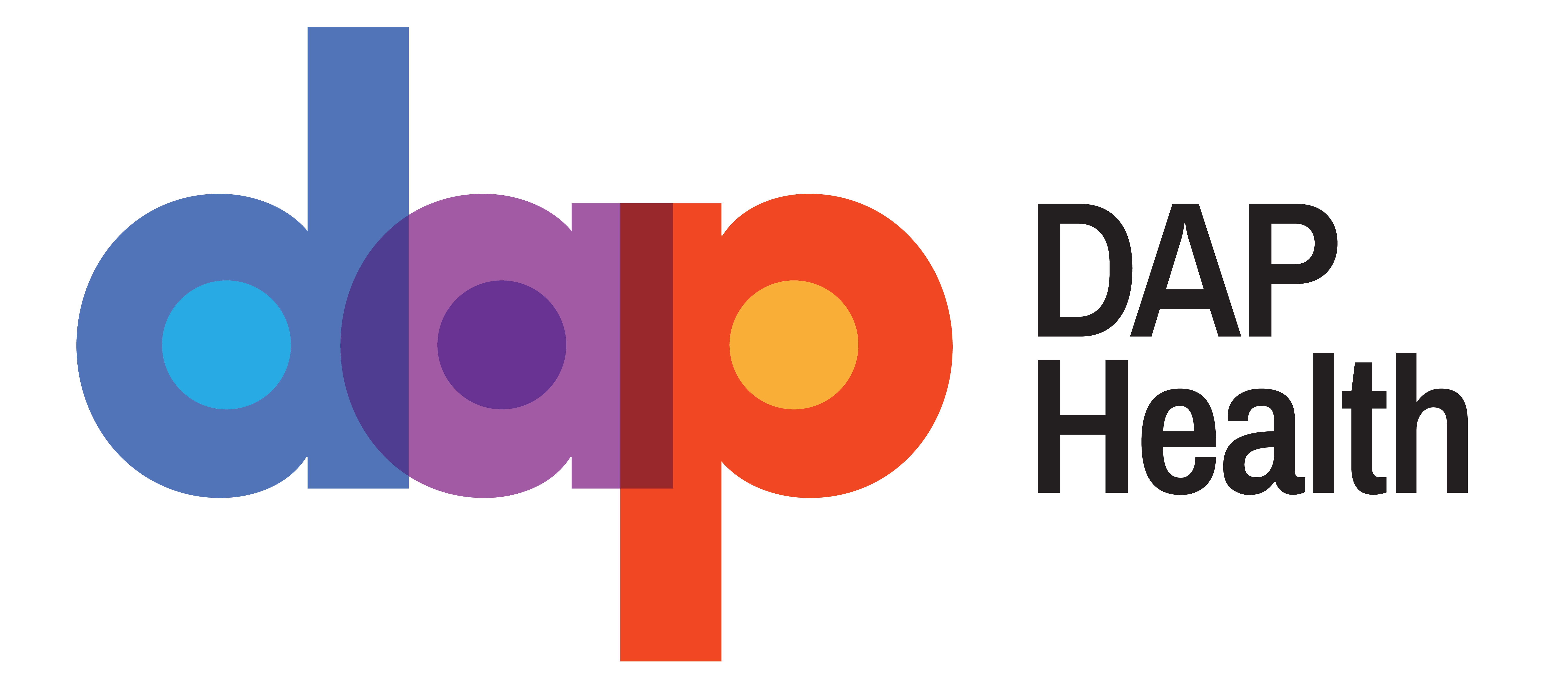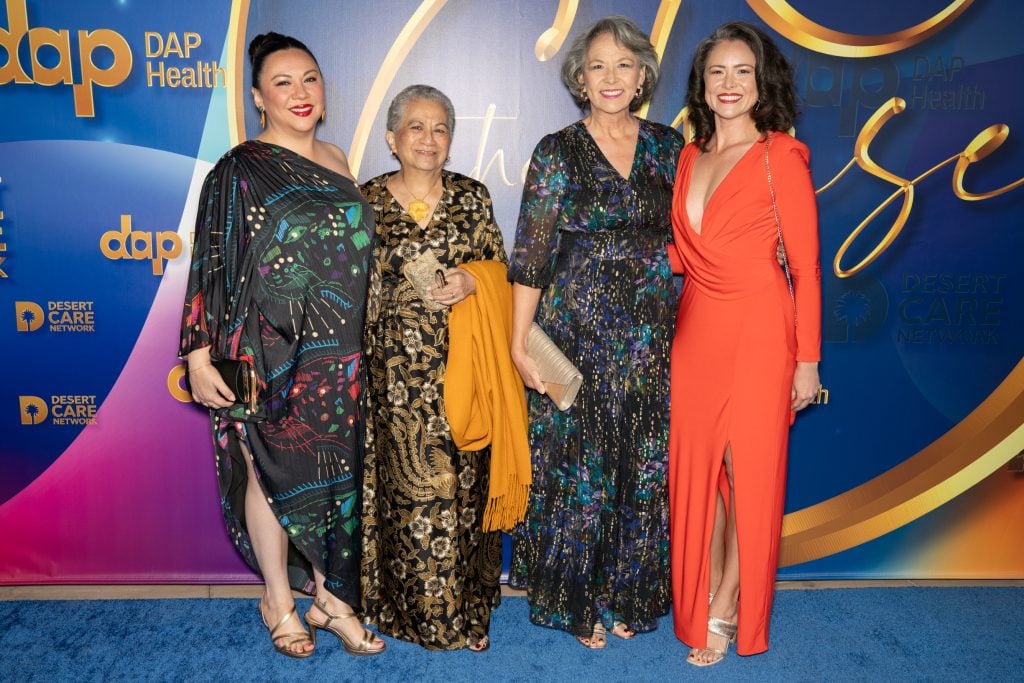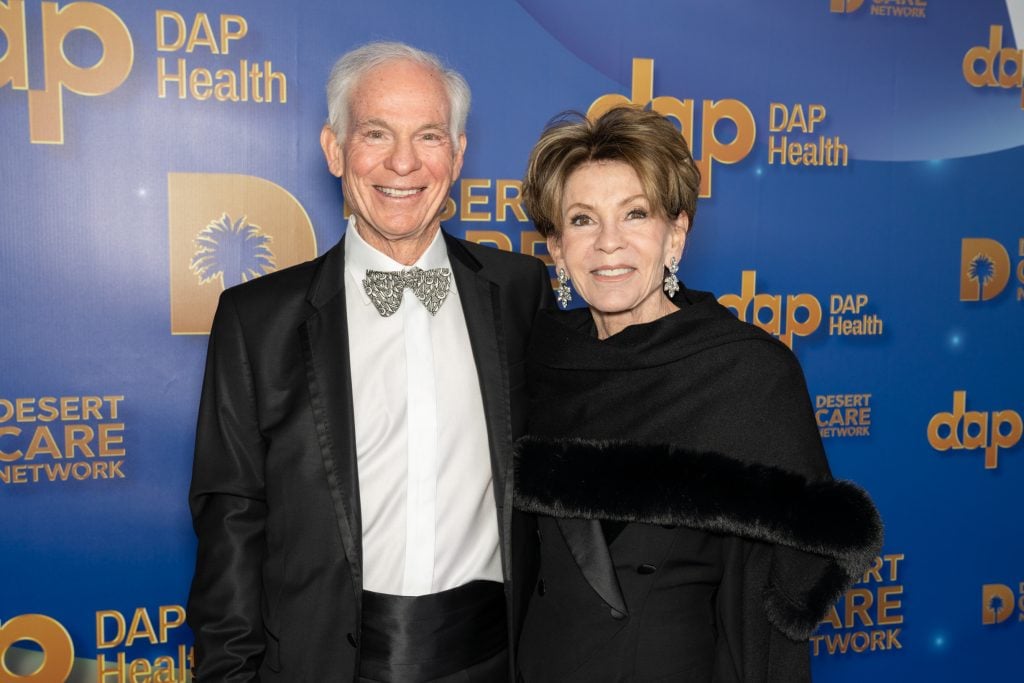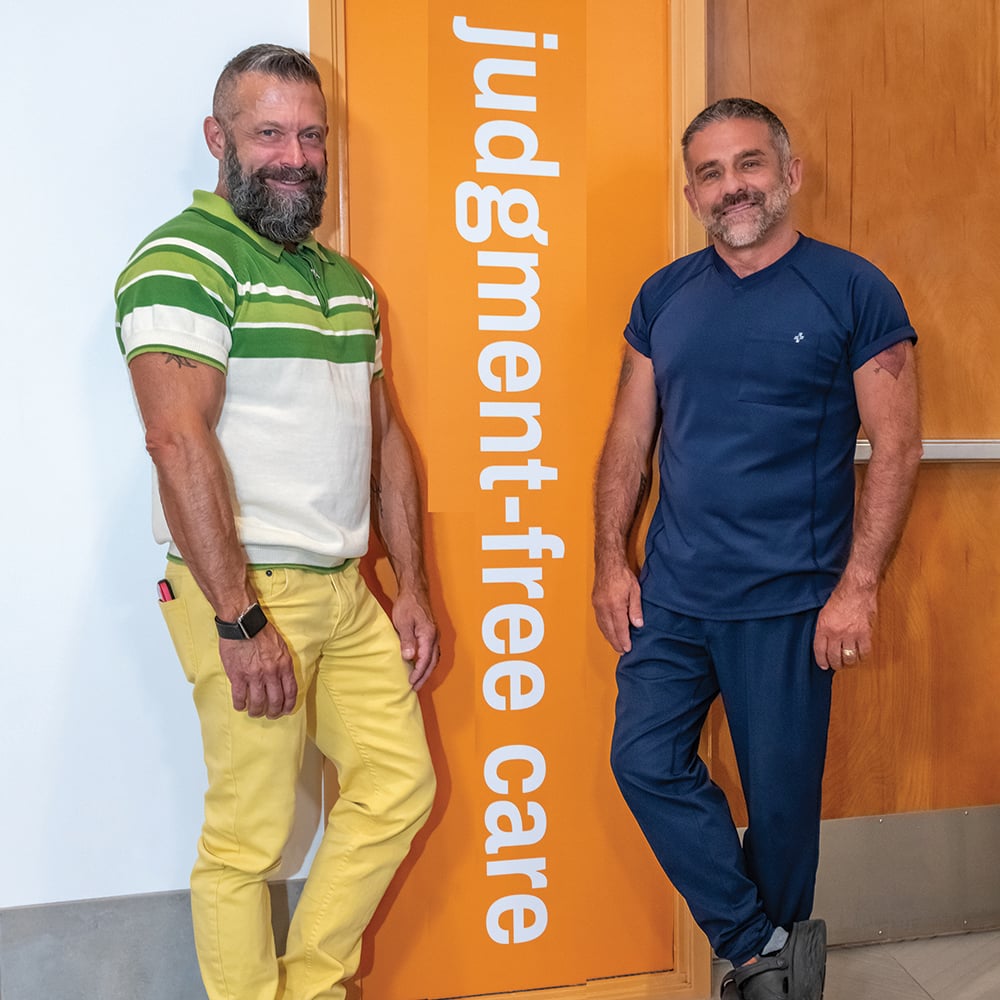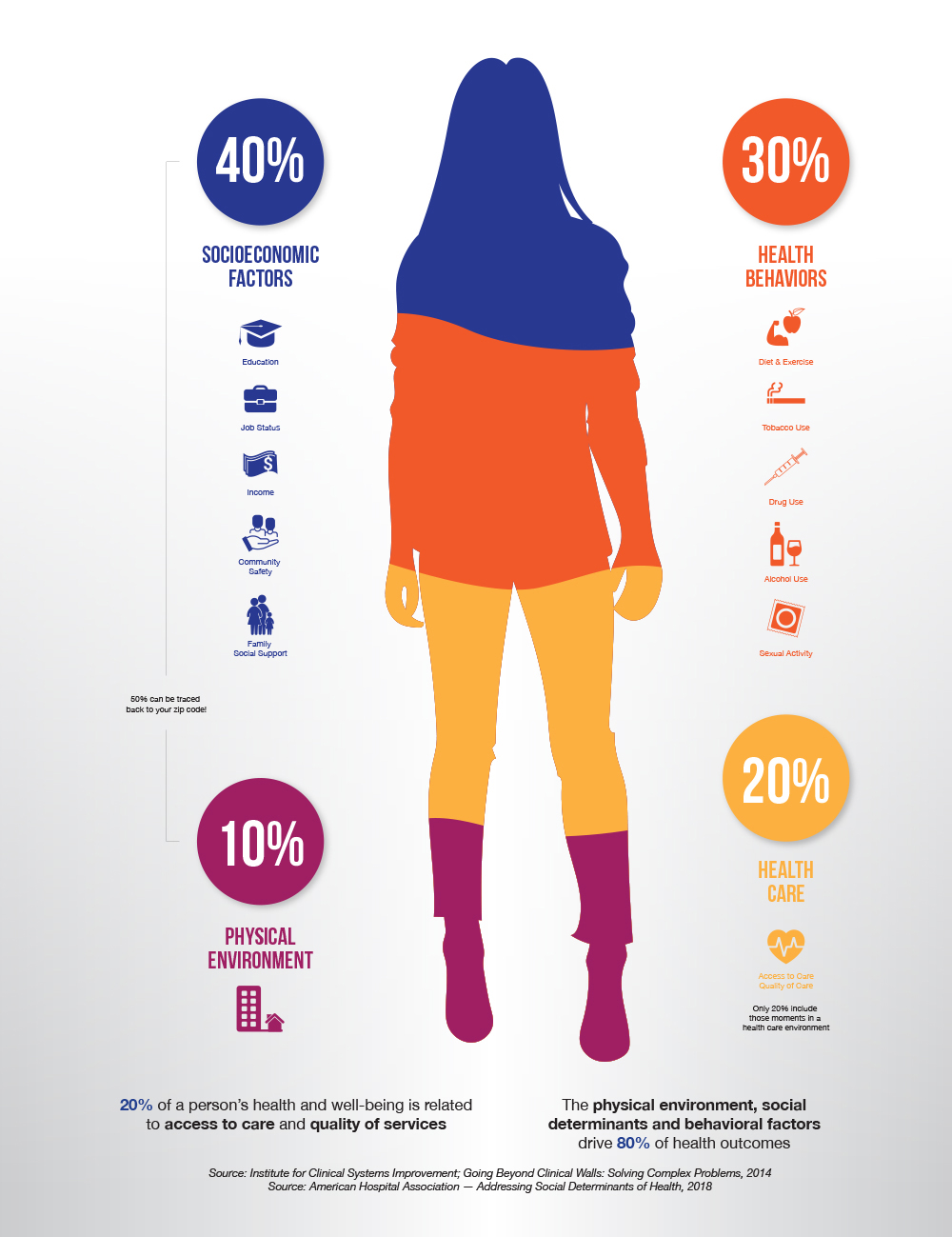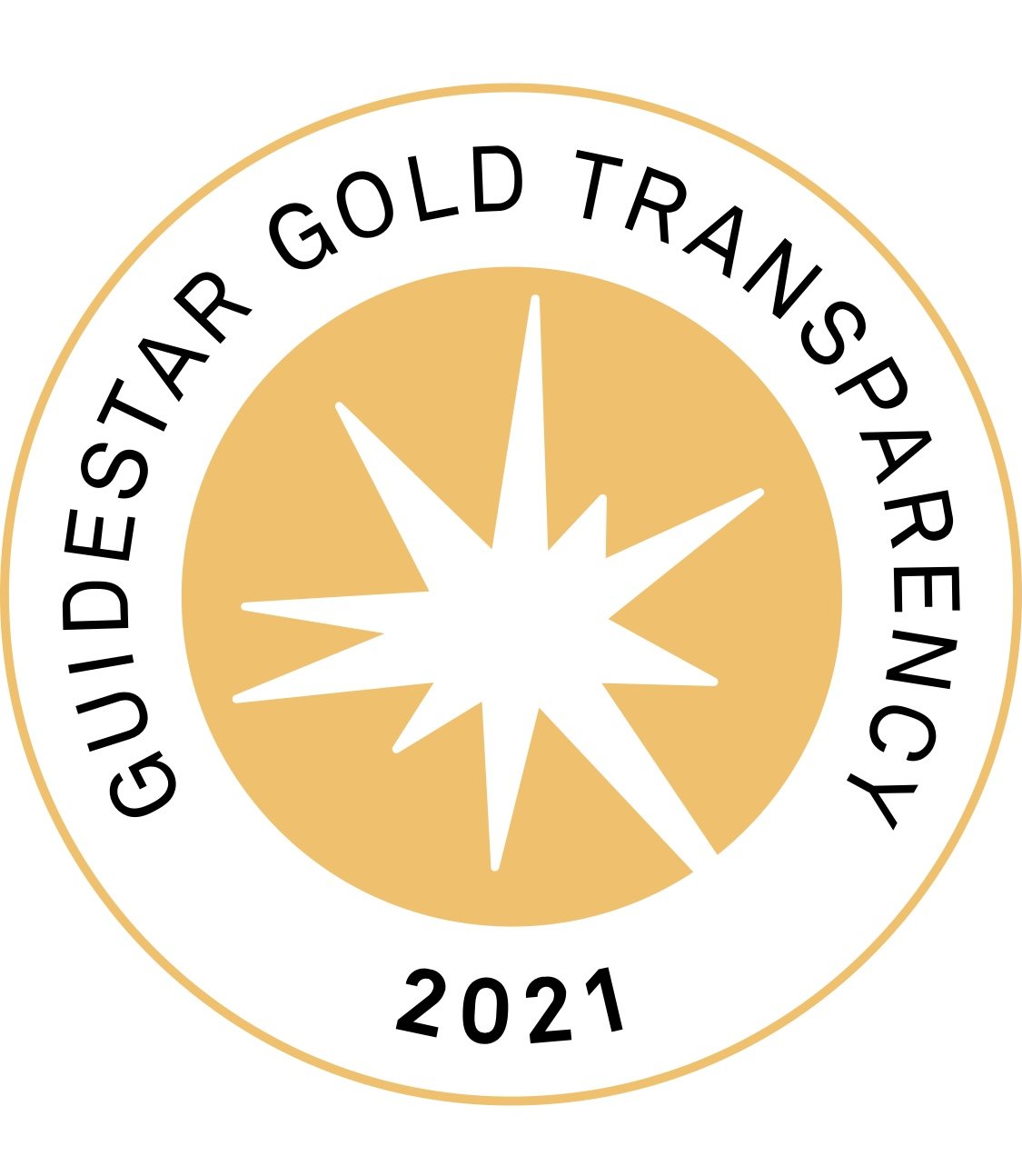
$2.3 Million Raised at 30th Annual The Chase Celebrating DAP Health’s 40th Anniversary
Icon Barry Manilow serenades 2024’s nine joint Community Legacy Award honorees with a custom-made performance.
Words by Daniel Vaillancourt
Music and passion were clearly the fashion — and oh, what fashion! — at the 30th Annual Steve Chase Humanitarian Awards, presented by Desert Care Network, which celebrated not only DAP Health’s 40th anniversary but the nine joint recipients of the 2024 Community Legacy Award.
The affair began on the chilly evening of Saturday, March 30 at the Palm Springs Convention Center with warm-hearted philanthropists in a festive mood making their entrance on the Blue Carpet, all of them dressed to thrill. That’s where Chief of Brand Marketing Steven Henke interviewed guests for live segments on NBC Palm Springs’ evening news.
The extravaganza ended a few hours later with legendary hitmaker (and beloved Palm Springs resident) Barry Manilow smiling, taking a bow, and clasping his hands in thanks — not just for the bountiful standing ovation, but for the $2.3 million raised during the course of the night.”
Zing Went the Strings
After perusing (and bidding on) the silent auction items displayed during the generous cocktail hour where uniformed servers passed hors-d’oeuvres and D.J. Bob Scatch spun tunes, more than 1,300 guests were ushered into the ballroom, where, from centerstage, violinist Jennifer “Spags” Spignola provided a vivid accompaniment to their grand entrance and journey to their table. The venue was truly resplendent, with a revolving rainbow of colors continually shining down from above.
Attendees snapped to attention when the program was kickstarted with two introductory videos. The first was a lightning-fast compilation of star-studded images from the 29 previous galas. The second gave an overview of DAP Health’s vast array of programs and services that co-starred Palm Springs Councilmember Grace Elena Garner and her mother, Juanita. Garner’s late uncle, Justin Escobar, was a person living with HIV who was cared for at DAP Health, and Garner’s stepchild recently became one of the organization’s pediatric patients.
Following the clips, DAP Health Board Member and Gala Chair Kevin Bass officially welcomed the crowd. “DAP Health has been at the forefront of translating the lessons learned from the AIDS crisis into comprehensive, equitable health care that upholds the dignity of every individual regardless of gender, sexual orientation, ethnicity, age, or health status,” he said. “Our commitment remains unwavering. In fact, we have expanded our HIV services to five locations, with plans to add more. Reflecting on our shared history fills me with immense pride, yet it is our unified vision for the future that truly fuels my optimism. Tonight, let us dare to dream of a tomorrow where comprehensive health care is a birthright for all, brimming with hope, resilience, and boundless opportunities.”
Bon Appétit and Lend Us Your Ears!
Dinner was then served, with attendees ensuring they left time to mingle and network. Soon, the speeches resumed, with DAP Health CEO David Brinkman taking the stage. “If Steve Chase were here tonight, he’d already have rearranged the layout, zhuzhed the flowers, hung art in our new clinics, and probably found himself uncharacteristically speechless by you, by your commitment and passion for improving the health and advancing the human rights of our 100,000 patients. Your presence honors what Steve envisioned: courage to step up, determination to lift up the powerless, and resolve to eradicate discrimination,” he said. “Today, we stand ready to provide the highest standard of care and advance the human rights of the people growing our food, single moms working two jobs, the angels who care for our growing aging population — all critical members of our community who need the care of DAP Health’s orthopedists, gynecologists, neurologists, and acupuncturists.
“Not to mention people who are trans, who are facing a national epidemic of violence against them, who need the loving and judgement-free care of our physicians, psychologists, and gender-affirming care specialists. The trans community needs every one of us to have their backs right now. I am confident, as we continue to leverage our 25 clinics, that with the support of elected officials, our amazing board, staff, and volunteers, and you, we will achieve equity in health care and equality for all.”
Going Once, Going Twice...
Longtime “The Chase” auctioneer Dale Johannes then appeared, raising $107,000 from such varied packages as a post-show meet & greet with Manilow, travel extravaganzas, and a power system from sponsor Hot Purple Solar.
In one of the most inspiring moments of the evening, DAP Health Chief Operating Officer Corina Velasquez, who began her career in health care more than 20 years ago, and who served in a similar role at Borrego Health, made an entrance with four fellow DAP Health employees.
Together, they represented more than 120 years of service to the organization. In addition to speaking about growing up in the Eastern Coachella Valley as the middle child of a single mom of three who worked two jobs until she purchased the mini market where she moonlighted, Velasquez said, “My colleagues and I show up every day with our health care hero uniforms on — whether they be scrubs, business casual, or hard hats. We may all come from different backgrounds, but trust me when I say more connects than divides us. Health care is a calling, and our commitment to DAP Health’s mission is united and unshakeable. We are here. For one another. And for our patients.”
The group then introduced a poignant video featuring patient LaWanda Manigo, who credits the organization with not only saving her life, but making it infinitely better.
Michele Finney and Desert Care Network’s Commitment
When Johannes returned, with surprise celebrity guest (and past The Chase host) Michael Urie in tow, the audience was primed to give. And give they did, raising $783,000 during the “Fund the Need” portion of the evening. It was with this electric excitement in the air that Desert Care Network CEO Michele Finney addressed the room to remind attendees of her organization’s longstanding commitment to DAP Health.
“We have stood beside DAP for four decades. Our collective efforts to meet the health care needs of our communities began in 1984, during the HIV/AIDS crisis. Desert AIDS Project emerged and Desert Regional provided a dedicated floor for AIDS care,” she said, adding that during the last four decades DCN’s gifts to DAP have totaled nearly $8 million. “We made this investment because we see the need in our emergency rooms every day. We see patients with conditions that could have been treated earlier — or even prevented or avoided — if they had better access to primary care and supportive services. It is for that reason and many more that we recently announced our new gift to DAP Health. We are collaborating by supporting DAP Health’s newest affordable housing project — Vista Sunrise 2 — with a $2.5 million-dollar commitment.” Consider the crowd wowed.
Let Him Entertain You
As promised, the speeches were brief and few. Bass returned to introduce his best friend Manilow, who spent the next 75 minutes regaling a surprising number of Fanilows in attendance with such massive hits as “I Write the Songs,” “Mandy,” “Could This Be Magic,” and his encore, “Copacabana,” which he performed with Modern Men: Coachella Valley Men’s Chorus as backup.
In one of the most ingenious twists of the night, between songs, Manilow spoke briefly about each of the nine joint 2024 Community Legacy Award honorees — major donor Mark Adams, entertainer and patient Keisha D., Board Member Dr. Frank Figueroa, Board Chair Patrick Jordan, 100 Women major donor group co-founder Dr. Terri Ketover, Steve Chase business partner Michael Kiner, Partners For Life major donor group founder Andy Linsky, volunteer psychotherapist Tori St. Johns, and project director of Get Tested Coachella Valley HIV prevention campaign Susan Unger — introducing their separate tribute reels, exiting, and returning from the wings in a different sparkly dinner jacket every time.
The Feedback
The word on the street following the extravaganza was that this was one of the best Steve Chase Humanitarian Awards in recent memory — thanks in large part to producer Debbie Chapman returning to bring back her expert guidance and creativity. Revelers were thankful for having attended.
“We certainly have never raised such a large amount of money at The Chase on behalf of our mission,” says Brinkman. “I left that ballroom with a big smile on my face and my heart full of love and appreciation for the members of our community who believe in our lifesaving work and who choose to support it with all their might. Together, we’ve already started building the next 40 years. Watch us fly!”
NBC Palm Springs will broadcast an edited one-hour special of “The Chase” on Sunday, April 14 at 9:00 a.m. (right after “Meet the Press”).
Thank You with a Capital TY!
The Chase 2024 was made possible through the generous support of presenting sponsor Desert Care Network alongside all sponsors listed below.
Brad and Lynne Toles of Savoury’s Palm Springs, and their kitchen and front-of-house staff, provided the delicious food, beverages, and service.
The Chase 2024 was Proudly Sponsored by:
Supporting Sponsors
Steven Anders
Daniel & Carolyn Caldwell
City of Rancho Mirage
Anthony Colantino & Craig Grantham
Bruce W. Finch & Keith Reimann
Eve E. Fromberg-Edelstein, Esq.
Gilead
Heather James Fine Art
Inland Empire Community Foundation
Interactive Design Corporation
Alan Kaminsky
Drs. Terri & Bart Ketover
Frank Kurland
Living Out
Marsh McLennan Agency
Morgan Stanley Wealth Management
Selene Palm Springs/Dream Hotel & Residence
The Stonewall Group
Trina Turk
Western Wind Foundation
David Zippel and Michael Johnston
Benefactor Sponsors
Coachella Valley Health Personnel
Contour Dermatology
Diageo
Heffernan Insurance Brokers
Labcorp
Perry S. McKay
Vaso Bello Celebrations
Patron Sponsors
Agua Caliente Band of Cahuilla Indians
Inland Empire Health Plan
Low Income Investment Fund
Cary Lowe and Allen Ames
Palm Springs Disposal Services
Personal Stories Project
Henry Schein
Southern Pacific Construction
The UPS Store Palm Springs
Media Sponsors
Alpha Media
CV Independent
Desert Charities News
Gay Desert Guide
GED Magazine
KESQ
Palm Springs Life
Performing Arts Live
The Hollywood Times
The Joey English Radio
The Rage Monthly Magazine
The Standard Magazine
